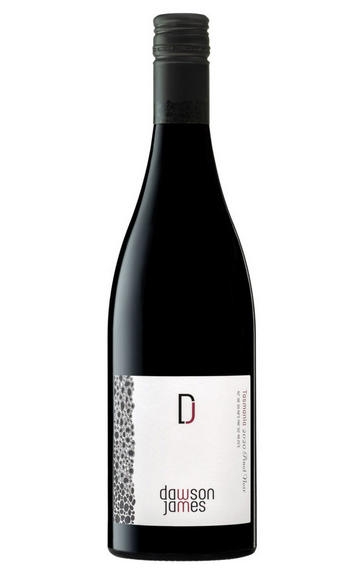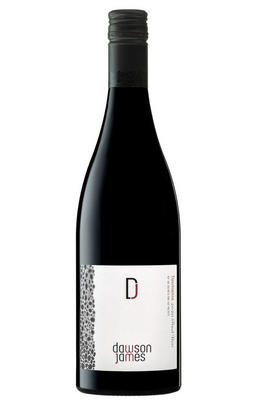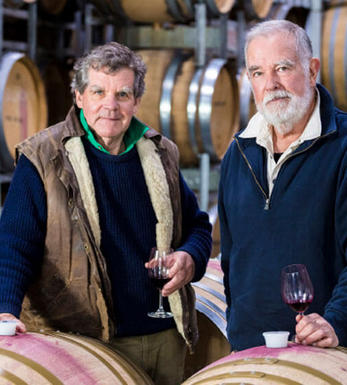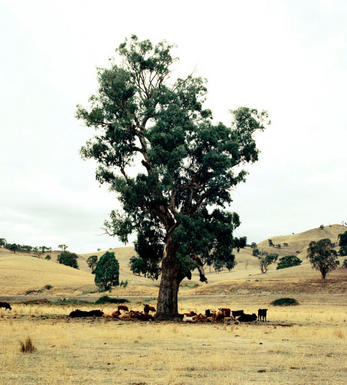
2018 Dawson James, Pinot Noir, Tasmania, Australia

Critics reviews
Candied red fruits, herbal and quite marked oak on the palate at the moment, surprising given its age. Still integrating, quite light fruits, fine tannins – good but not cheap.
Drink now to 2026
Alistair Cooper MW, JancisRobinson.com (January 2023)
The 2018 Pinot Noir is evolving into a dusty autumnal space, with earth, coffee grinds, cocoa, field mushrooms and poached plums. The length of flavor through the lingering finish is monumental. This is the kind of wine that slinks across the palate, subtle and edging. Unassuming, almost. But the true weight and gravitas of it appears, as a dawning truth, through the long and unbroken finish. The wine needs a decant to free it from its savory shackles. This is recommended if you seek to unearth the core of pure fruit that lies within the heart of this wine. Drink it anytime over the next decade, a conservative estimate.
Drink now to 2033
Erin Larkin, Wine Advocate (February 2023)
Deep-ish colour with brick/tawny and faint residual purple tints in the rim; there are machine-oil oak-derived nuances together with mellowing meaty charcuterie touches, the palate showing good weight and depth of flavour, ample fine-grained tannins and some raisiny hints. The finish is firm and drying with ample tannin. A seriously structured pinot.
Drink now to 2030
Huon Hooke, The Real Review (November 2022)
About this WINE

Dawson James
Dawson James is a winery in Tasmania, Australia, specialising in cool-climate Pinot Noir and Chardonnay. It is named for its co-founders, Peter Dawn and Tim James. Between them they had worked over 80 vintages before deciding to venture out on their own.
The pair make wine from grapes grown by Gerard and Sue Ellis in Meadowbank, a vineyard around 60 kilometres north-west of the city of Hobart.

Tasmania
Tasmania is better known as Australia’s ‘freezer’ on account of its cool climate. Wines were momentarily made there in 1826 before re-emerging in the 1960s and 1970s with plantings near Launceston and Hobart; 1974 saw the famous Pipers Brook area put on the map by Dr Andrew Pirie. Since 1994, the small industry (approximately 1,000 hectares) has developed as the corporates have taken a renewed interest in the quality of its Chardonnay and Pinot Noir, particularly sparkling wines. Increasingly, some of the 250 growers are, as Tasmania’s climate warms up, beginning to bottle their own wines.
The region (Tasmania being viewed as a single wine zone) is spread over two distinct, if not officially recognised, sub-regions: the cooler, north-eastern zone around Launceston, focused on the Tamar River Valley and Pipers Brook area, and the warmer southern zone around the Derwent River Valley, north-west of Hobart.
Pipers Brook is the coolest spot due to the icy influence of the Bass Strait, its north-eastern location at the island’s tip at 120 metres above sea level, and exposure to the Roaring Forties winds. Further west the weather is warmer, lower (80 metres above sea level) and more humid around Launceston; typically the harvest there is two weeks ahead of Pipers Brook. The southern, Derwent area is warmer still, on account of its low-lying (60m) shelter from the prevailing winds and rain. The soils vary from the deep, iron-rich, gravely clay in the north to the thinner, sandstone-based soils of the south.
Pinot Noir is increasingly grown to make fine, suave table wines, rather than simply as a sparkling constituent along with Chardonnay. Given the island’s southerly latitude, UV levels are similar to New Zealand’s’s, giving deep colours and pungent aromatics, especially for the up-and-coming Rieslings. Cabernet Sauvignon is found in the south, if a marginal variety.
Recommended producers: Stoney Rise, Apsley Gorge and Domaine A are top-class producers. Jansz is a reliable source of sparkling wines.

Pinot Noir
Pinot Noir is probably the most frustrating, and at times infuriating, wine grape in the world. However when it is successful, it can produce some of the most sublime wines known to man. This thin-skinned grape which grows in small, tight bunches performs well on well-drained, deepish limestone based subsoils as are found on Burgundy's Côte d'Or.
Pinot Noir is more susceptible than other varieties to over cropping - concentration and varietal character disappear rapidly if yields are excessive and yields as little as 25hl/ha are the norm for some climats of the Côte d`Or.
Because of the thinness of the skins, Pinot Noir wines are lighter in colour, body and tannins. However the best wines have grip, complexity and an intensity of fruit seldom found in wine from other grapes. Young Pinot Noir can smell almost sweet, redolent with freshly crushed raspberries, cherries and redcurrants. When mature, the best wines develop a sensuous, silky mouth feel with the fruit flavours deepening and gamey "sous-bois" nuances emerging.
The best examples are still found in Burgundy, although Pinot Noir`s key role in Champagne should not be forgotten. It is grown throughout the world with notable success in the Carneros and Russian River Valley districts of California, and the Martinborough and Central Otago regions of New Zealand.


Buying options
Add to wishlist
Description
Candied red fruits, herbal and quite marked oak on the palate at the moment, surprising given its age. Still integrating, quite light fruits, fine tannins – good but not cheap.
Drink now to 2026
Alistair Cooper MW, JancisRobinson.com (January 2023)
wine at a glance
Delivery and quality guarantee